Within the papers of Alan Fullerton Wilson (1903–1986) (YMS 16247), a Victorian farmer from Beaconsfield, are a series of letters passed down to Alan from family members. Discovered in his shed nearly thirty years after he died, the letters feature correspondence from Alan’s aunt, Mary Fullerton (1868–1946), an Australian author and a vocal member of the women’s suffrage movement of the late 1890s and early 1900s. Mary authored a number novels and nonfiction works (of which several are written under male pseudonyms) as well as publishing four volumes of poetry and contributing stories, articles and verse for magazines and periodicals. During time spent in England in the 1920s, Mary met fellow Australian writer Miles Franklin, developing a close friendship that would last for the rest of her life. Alan was a child when Mary was an active writer and greatly admired his aunt, treasuring the letters he inherited.
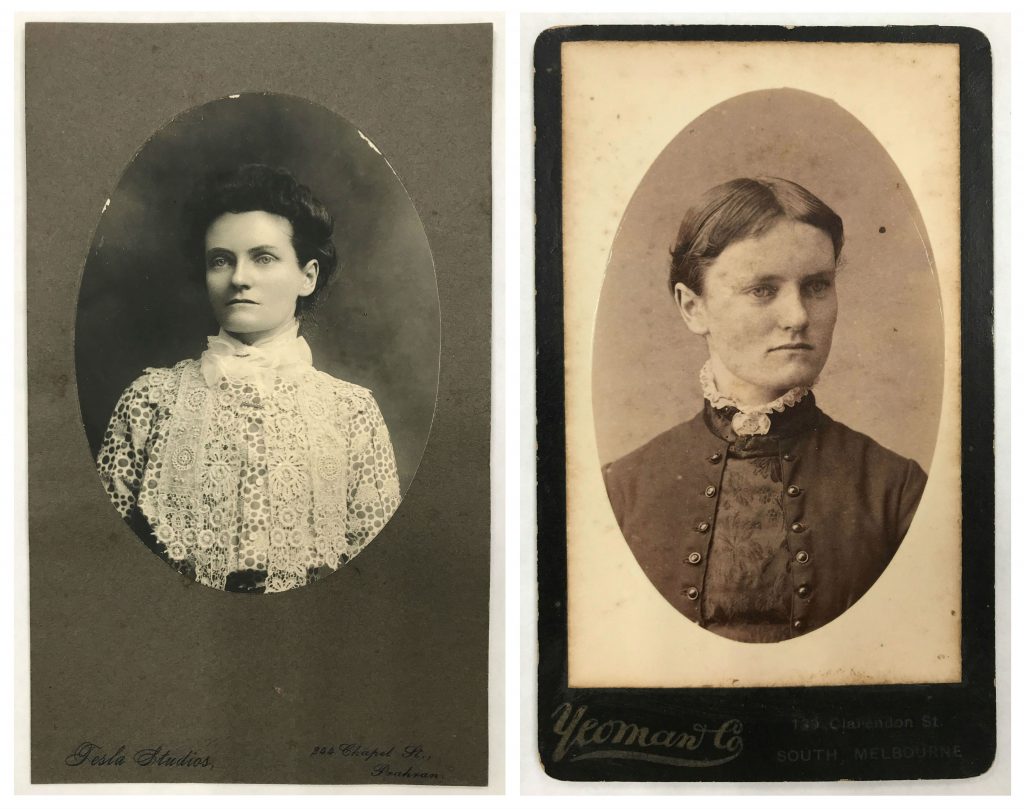
(YMS 16247, box number yet to be allocated)

(YMS 16247, Box 5, Folder 2)
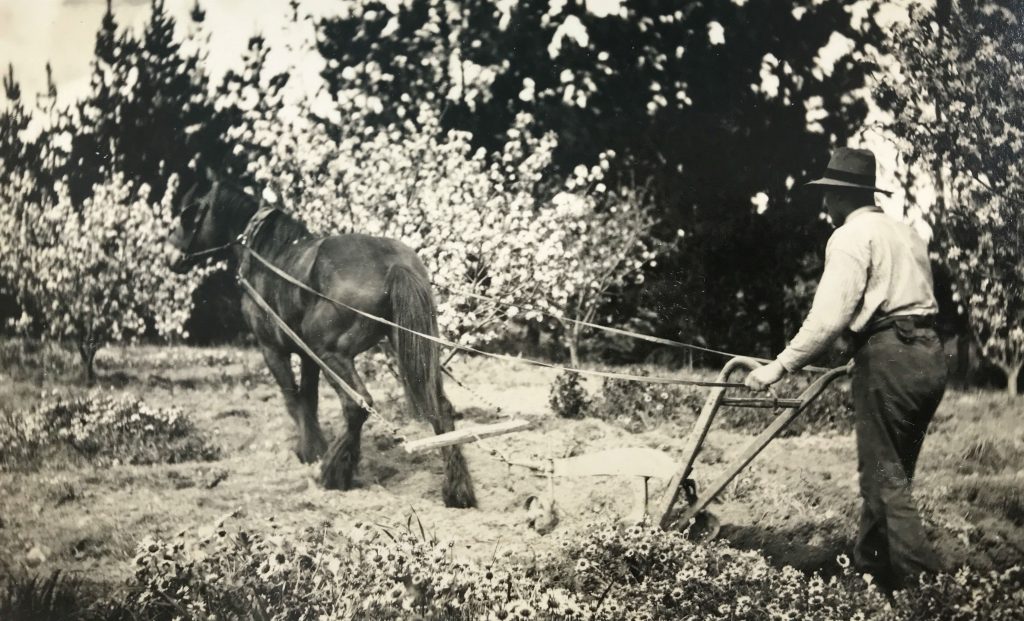
(YMS 16247, Box 6, Folder 10)
Mary concludes a letter she wrote to Alan in 1903, about one month after he was born, with:
I want to see you get strong muscles in your arms; a good way to do that is to hang on your father’s beard whenever he comes near you. Father will not mind when it’s doing his little boy good. I will read you a cure for the hiccups next time I write.
Mary had a deep fondness for her nephew, and Alan for his aunt – he kept her letter to him as a newborn all his life. The letters Alan inherited from his aunt to her sisters Emily and Sophie Fullerton and to Miles Franklin, give a tangible insight into the later part of Mary’s life, particularly her experiences in England during World War II.

Living through a time of war
In a series of letters written in the early 1940s, Mary’s description of the effects of war are personal and moving, relaying the everyday reality of this period of history. She recounts her decision to remain in her home rather than spending the nights in an air raid shelter during German airstrikes (including her description of a near miss when a bomb dropped close to her residence). She notes that she has two mattresses on her bed under which she can crawl if an air raid is coming and is thankful for the days of heavy rain and poor English weather which deters the planes and offers a few precious evenings of respite from continuous bombing. On a number of occasions she writes of her great appreciation for food parcels sent from Australia – which could take up to 6 months to arrive in England – during a period of extreme wartime shortages. A note accompanying Mary’s correspondence describes her homesickness and her yearning to return to Australia (Mary spent most of her life in England). In a touching gesture, Alan sent his aunt a shoebox filled with dry gum leaves as a Christmas gift; she would place a handful of leaves every so often on a small indoor fire, infusing her home with the unmistakable scent of the Australian bush.
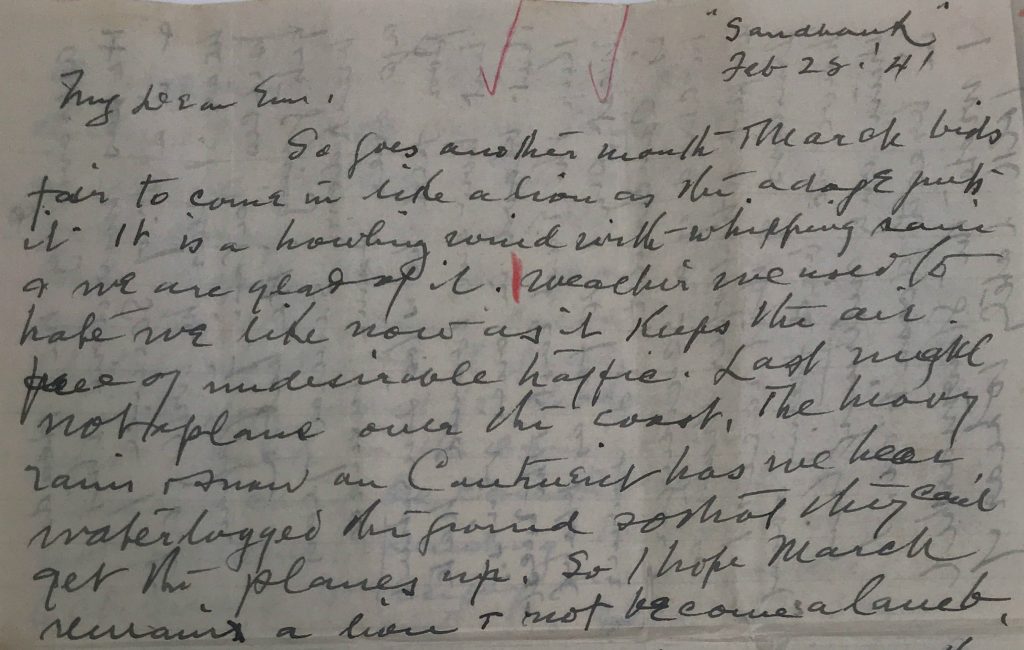
Experiences of a female writer
The letters also reveal something of the impediments and prejudices Mary faced as a female author, frequently negotiating adequate remuneration in relation to publishing agreements for her writing. Concerned that her lack of formal university education and her gender set her at a disadvantage for recognition and publishing opportunities, Mary wrote under a number of male pseudonyms during her career, and requested that her later books of verse (arranged for publication by Miles Franklin) remained anonymous until after her death. Miles Franklin was a great advocate for her friend, often despairing in correspondence written after Mary’s death at the absence of attention given to her body of work. In a letter to Mary’s sister Emily from 1947, Miles notes of publisher Angus and Robertson, ‘They don’t seem to take any interest in the poems now. All they wanted was to find out who the writer was’, and again in 1952, ‘Why isn’t Mary better known? I said I had hundreds of pieces [of hers] still unpublished’.

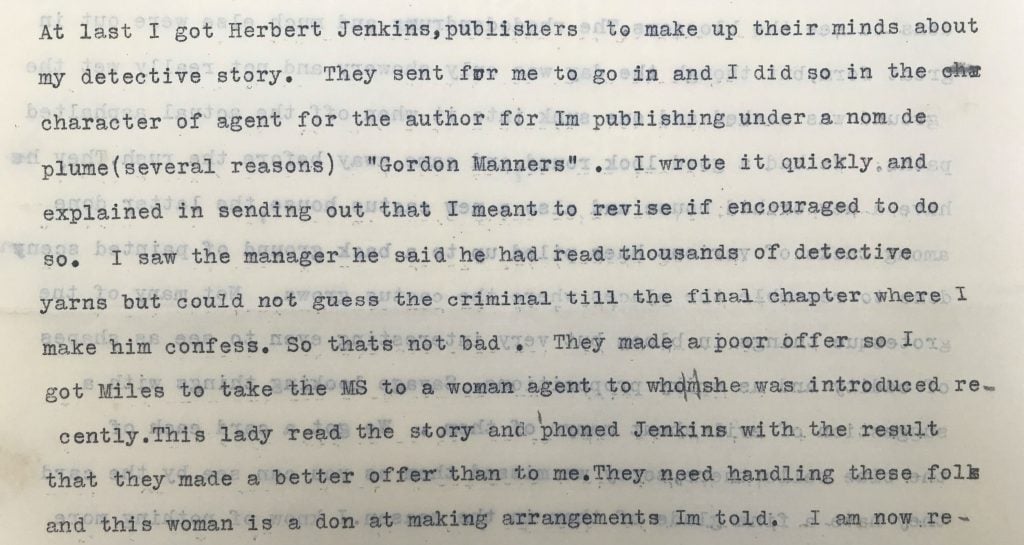
After Mary’s death
Mary suffered considerably from heart problems and neuralgia toward the end of her life; she died on 23 February 1946 at Maresfield, Sussex, and was buried in the local cemetery. In a letter from Miles Franklin to Emily Fullerton less than a month after Mary’s death, a sense of sadness at the gap left upon Mary’s passing is conveyed as she tries in equal measure to comfort Emily and process the loss of such a dear friend:
Don’t expect her yet – don’t be longing too much. She will be very, very tired, but if she can, you will know her presence.
Not only an inspiration to her circle of friends, Mary kindled an inherent creativity in her nephew Alan, who bought a typewriter to write his own musings and was an avid photographer throughout his life, as was his wife Violet. Alan’s daughter Myrtle continued the tradition, writing articles for a number of regional Victorian newspapers as well as producing several manuscripts and children’s stories (and prepared and notated her father’s papers before transferring them to State Library Victoria).

In a prescient sentence from 1943, Miles Franklin urges Sophie Fullerton to retain Mary’s letters, as she believed they should be preserved in one of Australia’s key libraries. It is fitting then, that her correspondence (along with copies of her publications, other sets of letters, a diary and a scrapbook of material belonging to Mary) so carefully cared for by her nephew over the years, now reside in the State Library Victoria Manuscripts Collection.

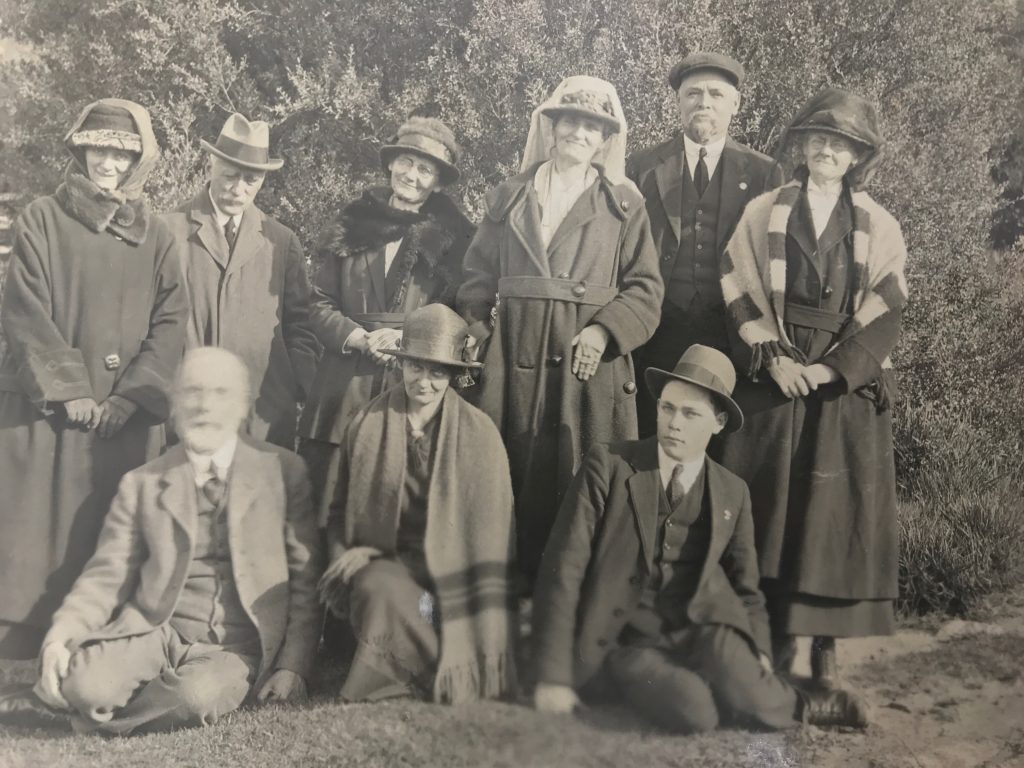
Papers of Alan Wilson and the Wilson Family
This post was written by Jessye Wdowin-McGregor, Preservation Technician
More to explore
- Browse related Mary Fullerton collection material on our catalogue
- Read Mary Fullerton’s biography and a full listing of her work via AustLit

